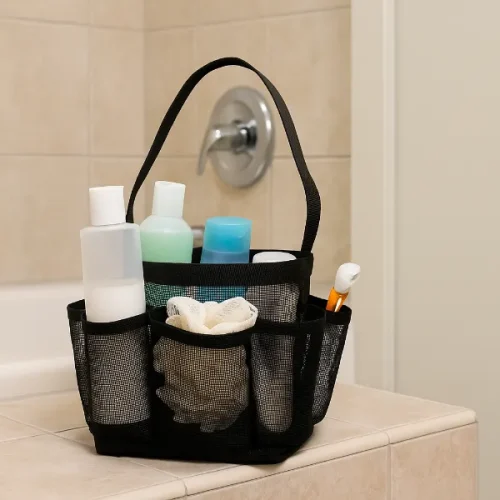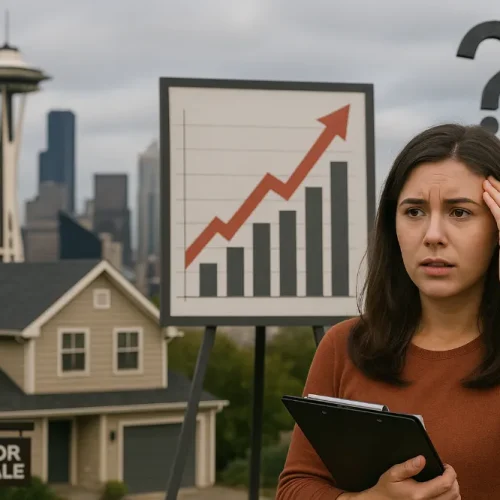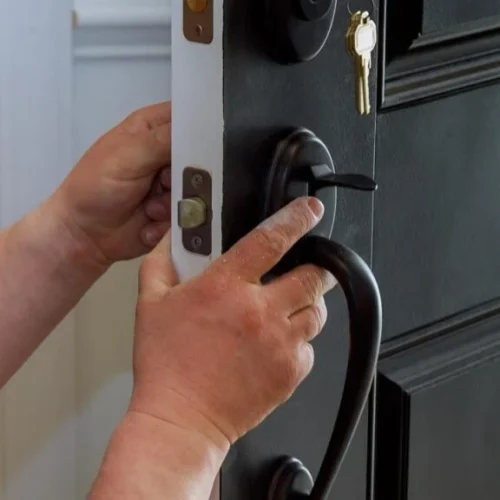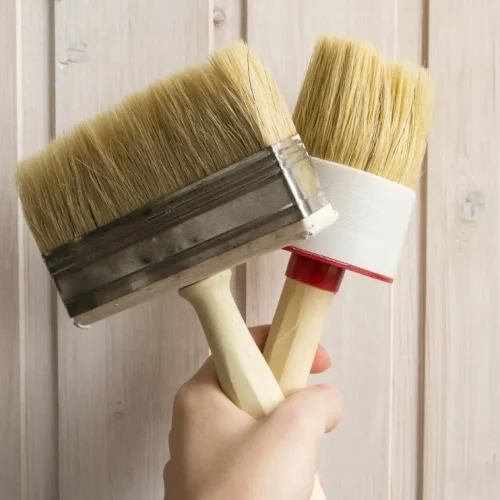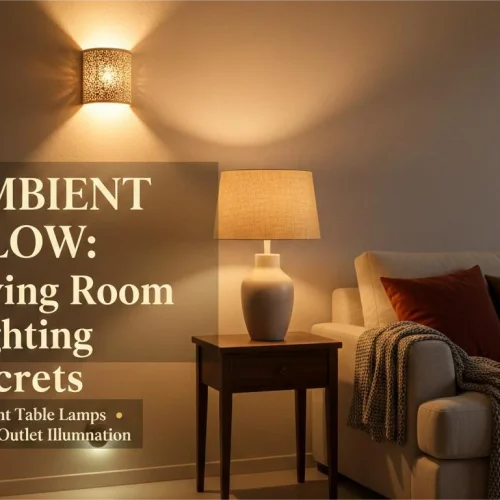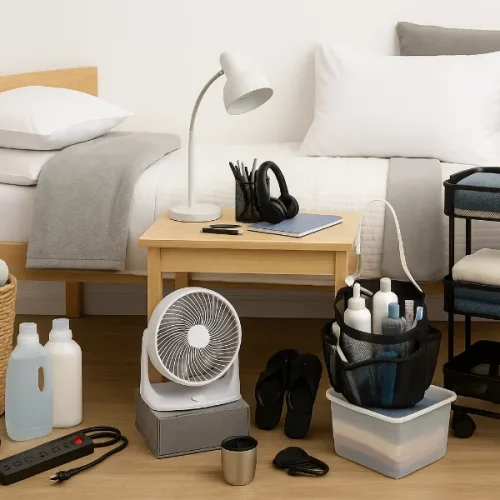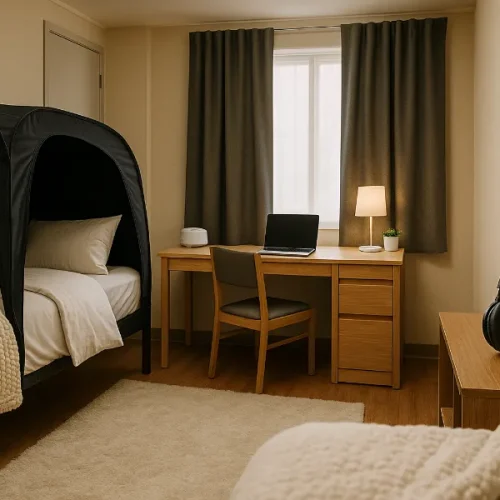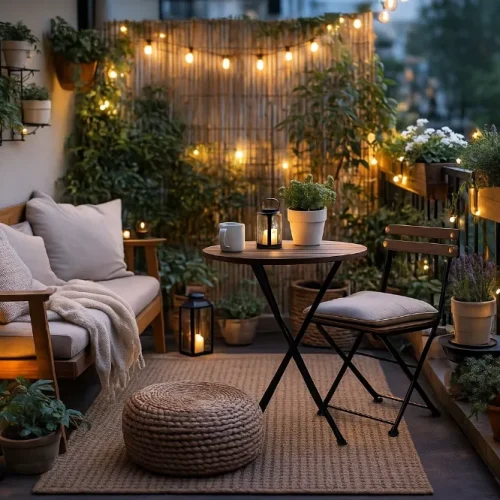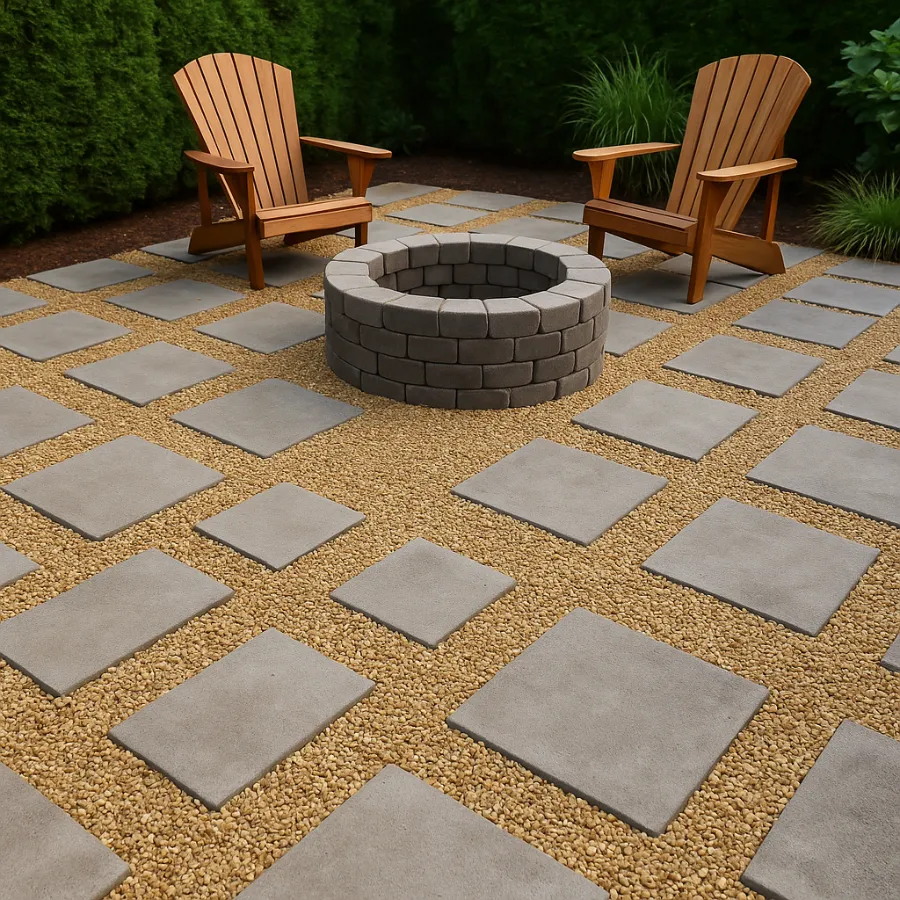
If you’ve been daydreaming about transforming your backyard into a stylish, functional outdoor oasis, a pea gravel patio with pavers might be exactly what you’re looking for. This combination isn’t just about good looks—it’s practical, budget-friendly, and incredibly versatile. Whether you want a modern checkered design, a rustic garden path, or a low-maintenance entertaining space, mixing pea gravel with pavers opens the door to endless possibilities.
Let’s dive into why this patio style has become a favorite among homeowners and landscapers alike—and how you can make it work for your own outdoor space.
What is a Pea Gravel Patio with Pavers?
At its core, a pea gravel patio with pavers combines two elements:
- Pavers – Concrete, stone, or brick blocks that create structure and definition.
- Pea gravel – Small, smooth stones (about ¼–⅜ inches in size) that fill the spaces around the pavers.
The beauty of this setup is its flexibility. You can arrange pavers in patterns—like a checkerboard or herringbone—and then fill the gaps with pea gravel. Or you can go natural and scatter irregular flagstone pieces, letting pea gravel settle between them. Either way, the result is a surface that feels both polished and relaxed.
Benefits of Using Pea Gravel with Pavers
Cost-Effectiveness
Let’s be real: patios can get pricey. But pea gravel helps keep costs down. Pavers are more expensive than gravel, but since you don’t need to cover the entire area with them, you’ll spend less overall. Gravel fills in the gaps beautifully and gives the illusion of a full paver patio—without the full price tag.
Aesthetic Flexibility
This design suits nearly any style:
- Modern – Large concrete slabs with crisp lines and light gravel in between.
- Rustic – Weathered pavers paired with natural-toned gravel.
- Coastal or cottage – White or beige pea gravel mixed with flagstone.
The contrast between smooth pavers and textured gravel instantly elevates your backyard.
Drainage and Maintenance
Unlike solid concrete patios, gravel allows rainwater to drain naturally. That means less puddling, less runoff, and better long-term durability. While gravel will need occasional raking, it’s much easier to maintain than repairing cracks in a concrete slab.
Popular Design Ideas
Here are some of the most popular ways homeowners combine pavers and pea gravel:
Checkered Paver Patterns
Large square pavers set in a grid with pea gravel in between create a bold, geometric design. It’s clean, modern, and perfect for minimalist spaces.
Herringbone or Mixed Paver Styles
Want something more dynamic? Lay pavers in a herringbone or diagonal design, then use gravel to highlight the pattern. Mixing different paver sizes can also add depth and interest.
Flagstone with Pea Gravel Fill
If you love organic shapes, flagstone is a natural fit. Because the stones have irregular edges, pea gravel fills the spaces in a way that looks effortless and charming.
Concrete Slabs with Gravel Accents
For a sleek, low-maintenance patio, pour large concrete slabs and frame them with pea gravel borders. This gives you stability underfoot but keeps the overall look from feeling too heavy.
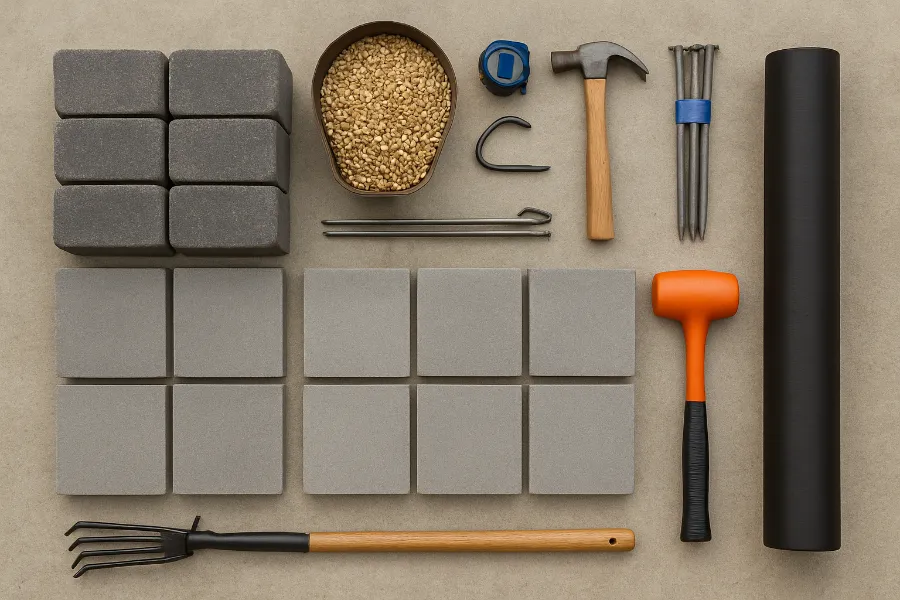
Installation Guide
Building a pea gravel patio with pavers can be a DIY-friendly project if you don’t mind getting your hands dirty. Here’s the general process:
1. Planning and Layout
Sketch your design and measure your space. Decide on the pattern you want—grid, staggered, or irregular.
2. Preparing the Ground
- Clear grass and topsoil.
- Level the area.
- Add a base layer of crushed stone or sand for stability.
- For tougher projects, an ergonomic fence post puller can make removing old posts much easier before laying out your new patio design.
3. Installing Pavers
Lay your pavers according to your design. Use a level to keep things even. For larger slabs, a rubber mallet helps settle them into place.
4. Adding Pea Gravel
Fill in the gaps between pavers with pea gravel. Spread evenly with a rake and tamp down gently. Take your time when choosing a color as well, different options, such as coral rocks for landscaping, can give a space an entirely new feel.
5. Edging for Stability
Always use edging—metal, stone, or treated wood—around the perimeter to keep gravel contained and prevent shifting.
Maintenance Tips
A pea gravel patio with pavers is relatively low-maintenance, but a little care goes a long way:
- Raking – Regularly rake gravel back into place.
- Weed control – Use landscape fabric under the gravel to minimize weeds.
- Replenishing gravel – Expect to top off the gravel every 1–2 years, depending on foot traffic.
- Seasonal care – After heavy rains or snow, check for gravel displacement and paver settling.
Cost Considerations
One of the biggest advantages of this type of patio is cost savings. Let’s break it down:
| Material | Approximate Cost per Square Foot | Notes |
|---|---|---|
| Pea Gravel | $1 – $3 | Affordable, easy to replace |
| Pavers | $5 – $15 | Varies by material (concrete vs. natural stone) |
| Installation (DIY) | Minimal | Just tools + sweat equity |
| Installation (Pro) | $10 – $25 | Includes labor and prep work |
By combining pea gravel with pavers, you significantly reduce the number of pavers needed—cutting overall costs by up to 30–40% compared to a full paver patio.
Creative Additions
Want to take your pea gravel patio with pavers to the next level? Consider these upgrades:
Fire Pit Integration
Place a fire pit at the center of your patio and surround it with pavers and gravel. It creates a natural gathering spot for cool evenings.
Outdoor Kitchen or Bar
For frequent entertainers, add an outdoor bar or kitchen. Gravel helps with drainage, while pavers provide a solid base for heavy appliances.
Garden Pathways
Extend the design with garden walkways that combine pavers and gravel. It ties your landscaping together while keeping costs manageable.
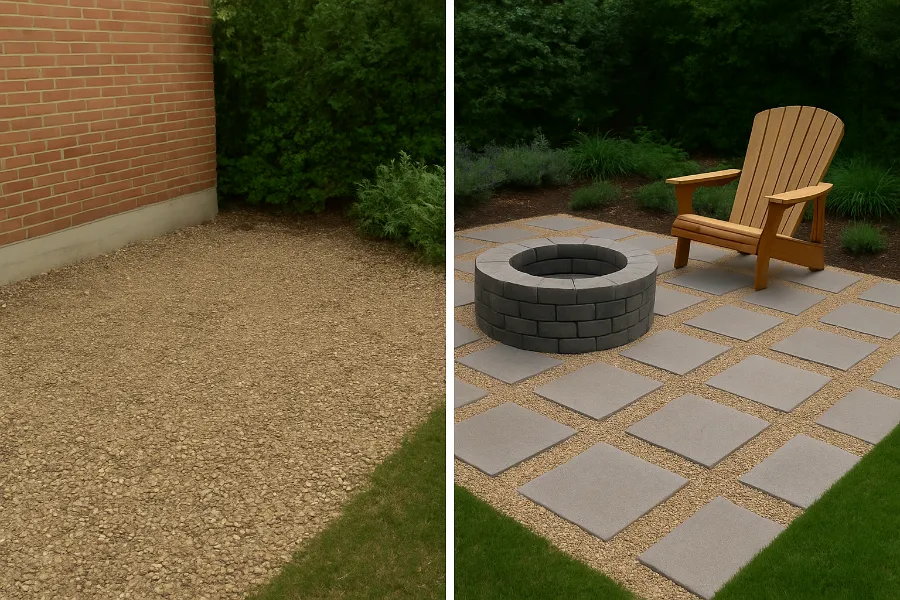
Conclusion
A pea gravel patio with pavers is more than just a trend—it’s a smart, stylish, and practical way to upgrade your outdoor space. It balances cost and beauty, offering endless design options while staying low-maintenance. Whether you go for a modern grid, a rustic flagstone look, or a cozy fire pit setup, this combination brings character and comfort to any backyard.
So, if you’re ready to turn your backyard into the ultimate hangout spot, grab your pavers, pour some pea gravel, and start designing. Your future patio—and your summer evenings—will thank you.



